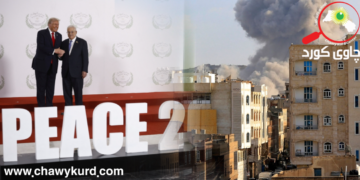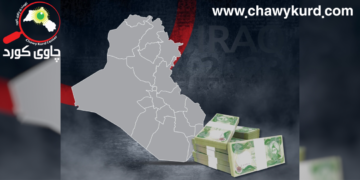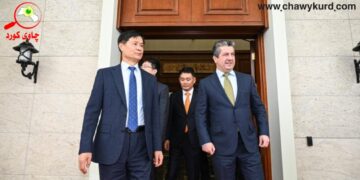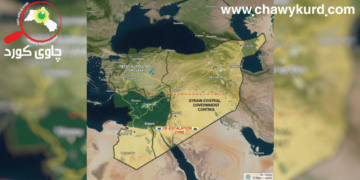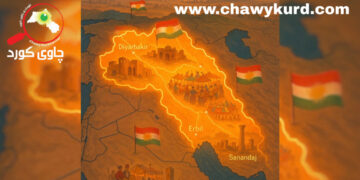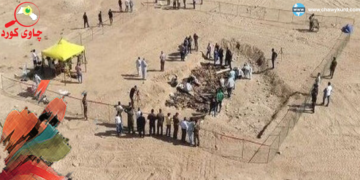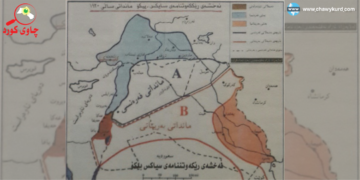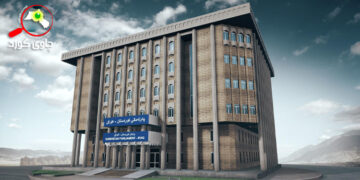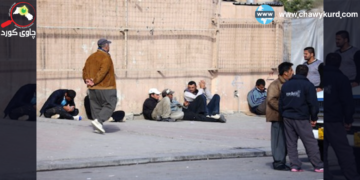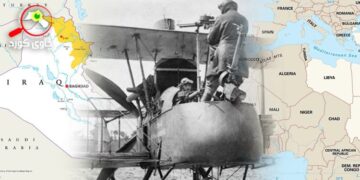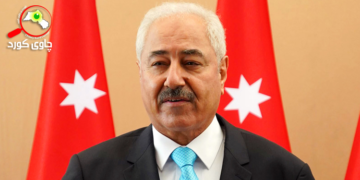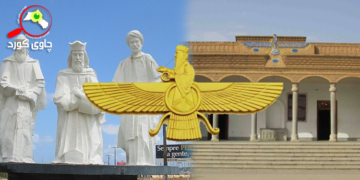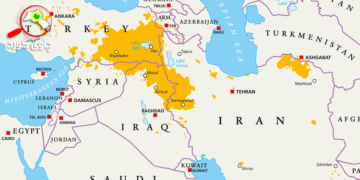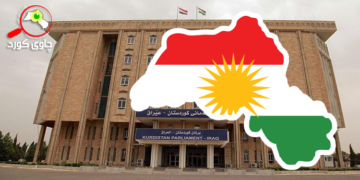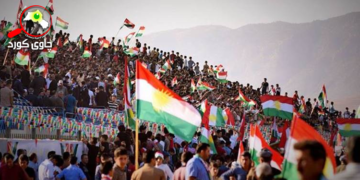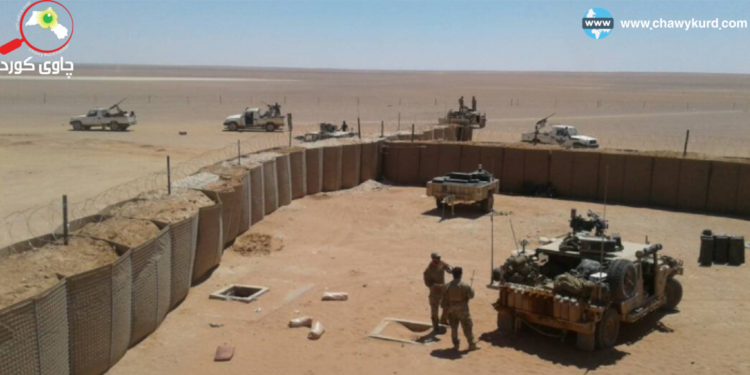For more than 40 years, the US military has deployed thousands of troops in the Middle East, these forces in addition to coordination and support of the authorities in the region, participated in several large-scale military operations. Since 1983, the US Department of Defense has created a special military command known as CENTCOM to manage its presence in the Middle East and Central Asia. It currently covers 21 countries, including Saudi Arabia, Qatar, Bahrain, Kuwait, the UAE and Oman, Iraq, Jordan, Lebanon, Egypt and Yemen. CENTCOM is responsible for planning, implementing, and overseeing all US military operations in the region, including air, land, and naval bases, training camps, joint military exercises, logistical support agreements, and regional counterterrorism-related missions.
The bases directly attached to CENTCOM are located in only a limited number of Arab states. The bases were carefully selected on the basis of their strategic location, which serves Washington’s military objectives and geopolitical hegemony in the Arab world, while securing “oil and energy corridors” and supporting US-allied governments. Over the past 40 years, these bases have played a role in several important events, most notably the Gulf War in 1991, the invasion of Afghanistan in 2001, the invasion of Iraq in 2003, and a series of military operations against ISIS in Iraq and Syria, Conflicts with Iran since 2017. The number of US troops deployed in CENTCOM operations is estimated at between 30,000 and 40,000 in Turkey, Syria, Iraq, Jordan, Israel, Kuwait, Bahrain, Qatar, Saudi Arabia, the UAE, Oman and Egypt.
Qatar
After the signing of the defense agreement between the United States and Qatar in 1992, US troops were deployed in Qatar because the agreement allowed Washington to deploy troops and military equipment on Qatari territory. Based on the agreement, Al-Adid Air Base was built in 1996 at a cost of about $1 billion. In 2000, the al-Sailiya military base was opened, which included a large warehouse of US weapons and equipment. The biggest turning point came in 2002, when CENTCOM command was moved from Saudi Arabia to Qatar in response to Saudi pressure to reduce the overt US military presence in Saudi Arabia. Thus Qatar has become the largest US military base in the Middle East. The number of US troops in Qatar is estimated at between 11,000 and 13,000.
Bahrain
After Saudi Arabia, Bahrain was the first Arab state to open its doors to US troops, even before independence from Britain. Because in the middle of World War II, when British forces needed US support, they allowed a detachment known as the “American Middle East Force” to be deployed at Jufer Naval Base in Following Bahrain’s independence in 1971, the US Navy immediately took over the British Navy with the approval of Emir Hamad bin Isa and strengthened its presence through a security cooperation treaty between 1971 and 1991, which resulted in the establishment of two more air bases. They were Sheikh Isa Air Base and Muharaq Air Base (part of Bahrain International Airport). With the invasion of Iraq and the growing need for additional troops, these bases were expanded and new barracks were built to accommodate more than 9,000 troops. In 2021, the US Department of Defense awarded the Bahraini National Security Agency a prestigious award to honor those who have run US military facilities on Bahraini soil.
Kuwait
The US presence in Kuwait dates back to 1991, when the US-led coalition was formed to liberate Kuwait from Iraqi occupation. A defense and military agreement was signed between Kuwait and the United States, which confirmed the long-term US presence on Kuwaiti soil, as well as the construction of military bases, joint training and the storage of strategic military equipment.
During the invasion of Iraq in 2003, as well as during the offensive against ISIS in Iraq and Syria, Kuwait served as the main gateway for military operations. According to 2021 figures, the number of US troops in Kuwait will reach about 13,000, divided into the Joint Task Force, the 386th Air Force and the 3rd Infantry Division, in addition to the Joint Support Force and international coalition forces. The forces are divided into several major bases, most notably Arifjan Air Base (the US headquarters in Kuwait), Ali al-Salem Air Base, Doha Military Base, and Buehring Military camp.
Iraq
After the fall of the Ba’ath regime in 2003, the United States established more than 500 bases and logistics centers in the first few years. These include administrative and political centres, training and logistics support bases, aircraft maintenance facilities and major runways. However, at the end of 2011, US troops officially withdrew, leaving a limited number of unofficial bases. That withdrawal did not last long because in 2014, under the slogan of “fighting ISIS,” US forces returned and strengthened their military presence across seven major bases. Washington then reduced its forces again. The number of US troops in Iraq is currently about 2,5 They are deployed at Ain al-Assad Air Base in Anbar province and Erbil Air Base in the Kurdistan Region, in addition to officers and training experts at the US Embassy in Baghdad.
Saudi Arabia
Before the 1991 Gulf War, the presence of US forces in Saudi Arabia was limited to joint training, arms contracts, and limited protection and use of facilities, most notably Zahran Air Base. But as the war broke out, Saudi Arabia opened its territory to US forces and more than 500,000 US troops were deployed in the eastern region and on the border with Kuwait.
UAE
The UAE is one of the countries where the United States has a soft military presence. Unlike Bahrain, Qatar and Kuwait, which have large and private military bases, the US troops in the country number (3,500) people and are stationed in the joint base of the UAE.
Kingdom of Oman
The nature of the US presence in Oman is similar to that of the UAE. Any US military presence stems from cooperation agreements that open Omani military facilities to US forces when necessary, dating back to the 1980 agreement, which was renewed in 1990 and expanded in 2019.
Jordan
After the 1991 Gulf War, Jordan began receiving significant US military assistance and has regularly participated in joint military exercises with the United States. In 2003, Jordan became a major logistical route for US forces heading to Iraq, requiring the establishment of temporary facilities near the border. With the outbreak of the war against ISIS in 2014, Jordan became a frontline for international coalition operations against ISIS.
Egypt
The US presence in Egypt is one of the oldest forms of US defense cooperation in the region. However, it differs from other forms of cooperation in that no permanent military base or regular deployment exists. Instead, cooperation is based on a long-term partnership established within the framework of bilateral agreements, most notably the Camp David Agreement signed in 1979, which provides US military assistance to Egypt, which is estimated at $ 1.3 billion annually.
Turkey
Since becoming a member of NATO in 1952, Turkey has been a strategic arena for the United States since the Cold War. It then quickly became a forward platform for surveillance of the Soviet Union and the deployment of surveillance and missile systems. In the following decades, a number of US military bases and facilities were established, most notably Incirlik Air Base, which has been used for logistical and intelligence purposes since the 1950s.
Syria
The US military presence in Syria dates back to 2014, without the consent of the Damascus government, because when ISIL declared control of large areas of Iraq and Syria, the United States launched a military campaign that began with air strikes and then sent Special Forces. Between 2016 and 2017, the US military deployed hundreds of Special Forces troops, military advisers and intelligence personnel in northern and northeastern Syria, and then established temporary bases and small military airports in areas controlled by Hezbollah, especially in Hasakah, Raqqa and Deir Ezzor. The most prominent US bases are Ain al-Arab (Kobani), Tel Abiez, Manbij, Ramlan, Shaddadi and al-Tanaf (southeastern Syria).
Lebanon
Although there are no open US military bases in Lebanon, military relations between the Lebanese government and the regime and the United States are at their best. The US Department of Defense is the main funder of the Lebanese army, providing more than $3 billion since 2006.











